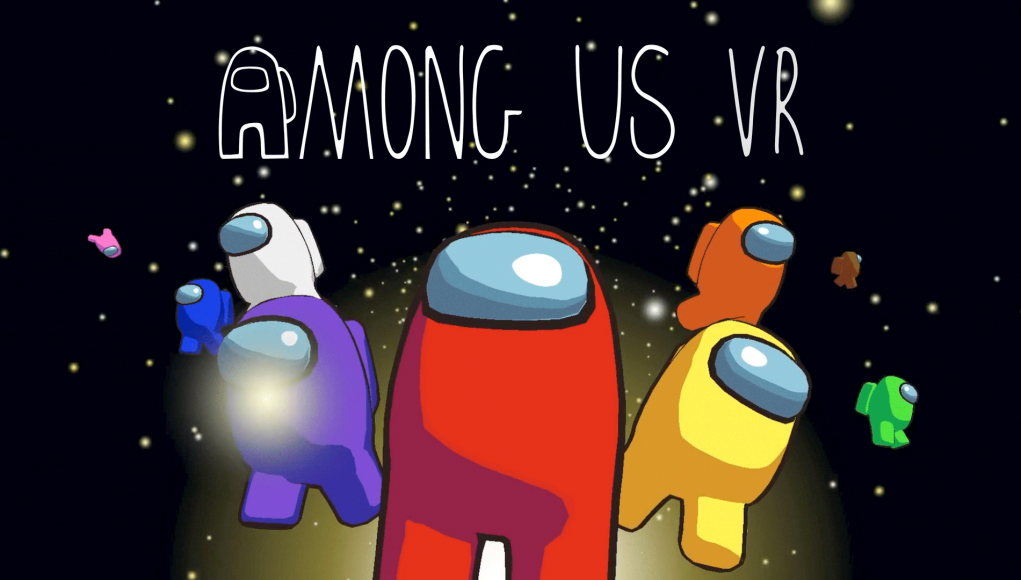The team behind the VR adaptation of popular party game Among Us announced it’s officially gone platinum, selling over 1 million copies across all platforms.
Recreating viral flatscreen titles in VR seems to be a potent recipe for success, as Among Us VR follows in the footsteps of other meme-able games like Friday Night at Freddy’s and SUPERHOT, both of which boast high-performing VR adaptations.
Developed by Innersloth, Schell Games, and Robot Teddy, Among Us VR replicates the original’s team-based game of betrayal. Complete tasks aboard a starship, but keep an eye out for the ship’s singular impostor, who is always looking to get away with murder.
The viral phenomenon caught fire in the summer of 2020—nearly two years after the flatscreen version was initially released on Steam by Innersloth. Then the VR version was released in November 2022, which seems to be replicating that success, albeit in the proportionally smaller Quest 2 and PC VR platforms.
Released in November, Among Us VR has crossed the one million unit mark in less than ten weeks after launch, releasing simultaneously across Quest 2 and SteamVR headsets priced at $10. A version for the upcoming PSVR 2 is also arriving as a launch day title, releasing February 22nd.
And it isn’t stopping there. Among Us VR has a number of planned updates on the horizon, including new maps, custom lobby settings, and improved accessibility features. The team says in-game reporting and voice chat moderation is also in the works to improve player safety.
In addition to the sales news, the team released a few stats: Among Us VR has been played more than four million times by users across 122 countries. On average, 44,000 matches are held per day. More than 89,100,000 minutes have been dedicated to tasks, sabotages, and betrayal.







